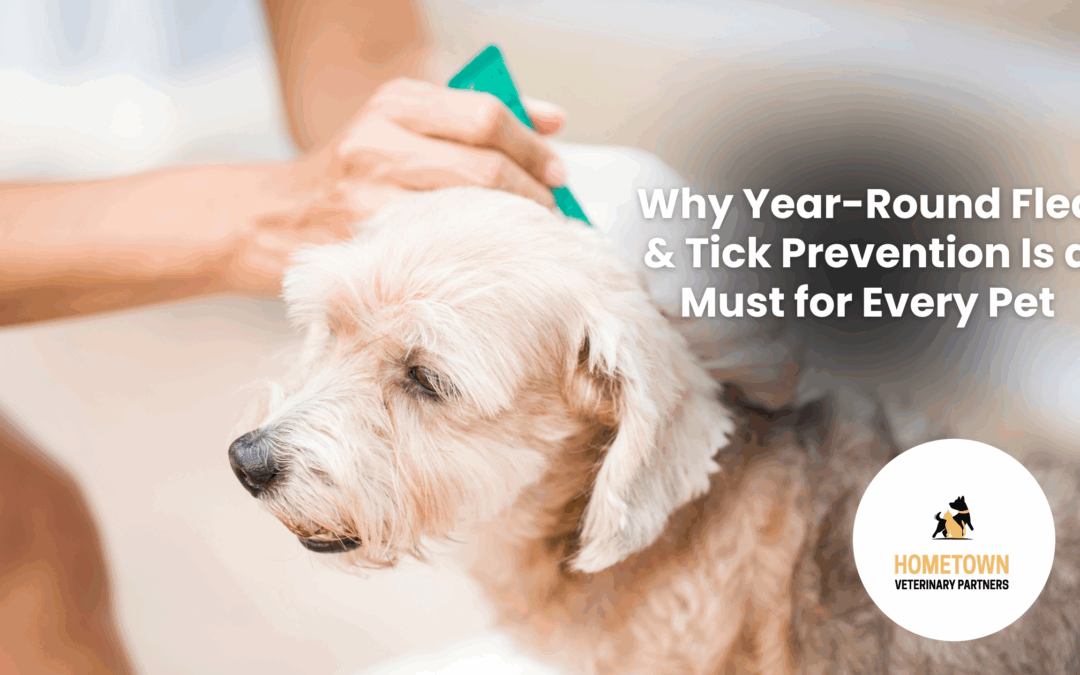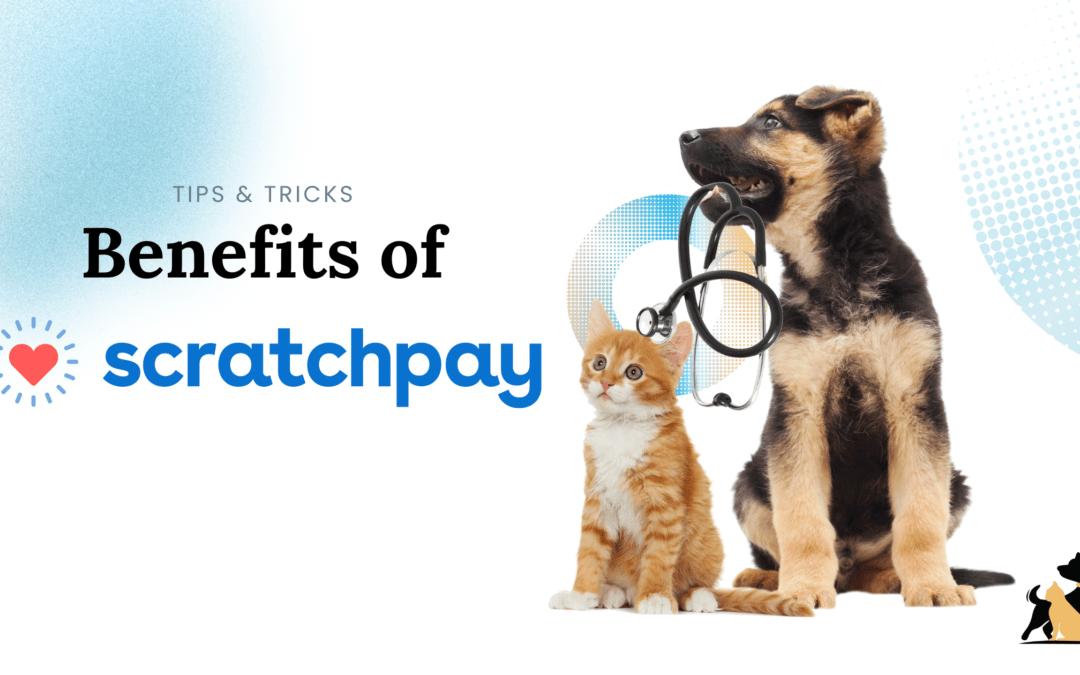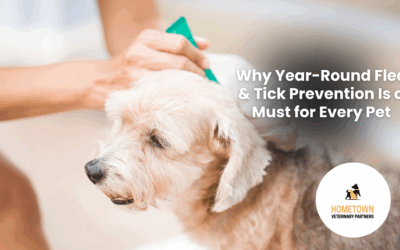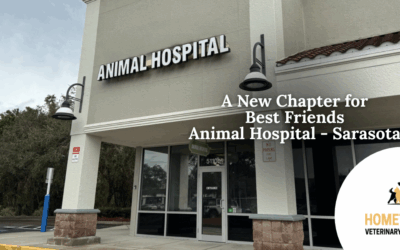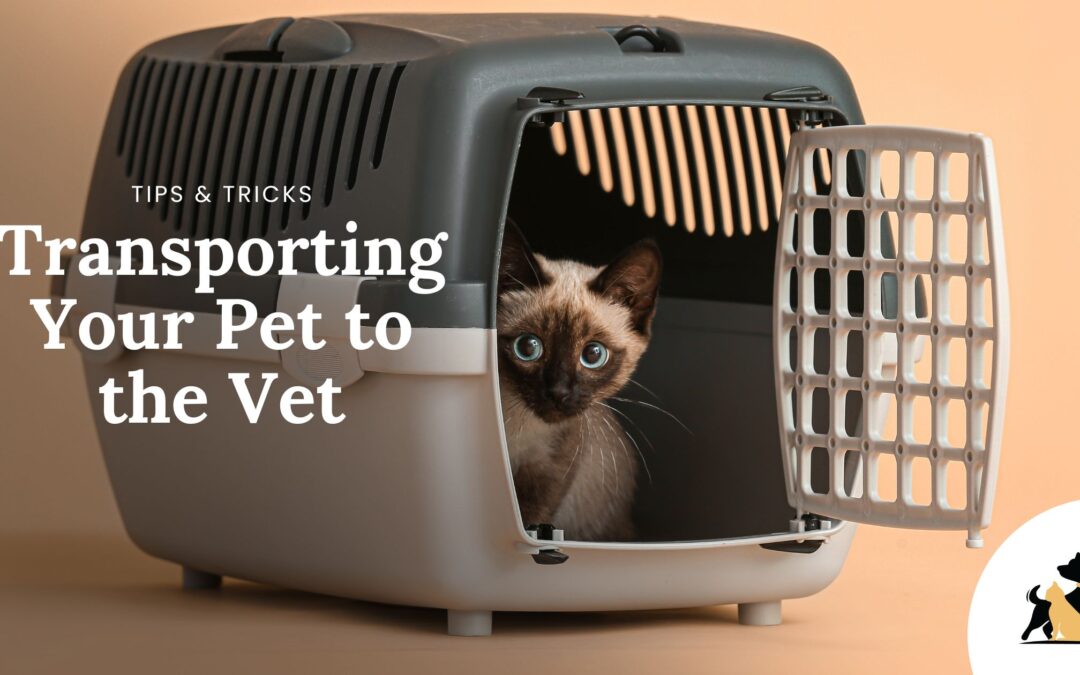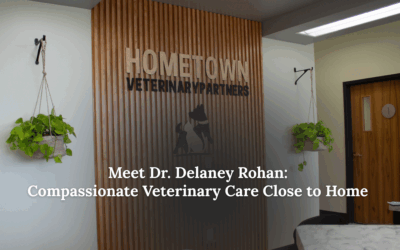In recent years, telemedicine has emerged as a game-changer in various fields of healthcare, including veterinary care. The ability to consult with a veterinarian remotely, often via video calls or messaging platforms, offers convenience and accessibility for pet owners. However, like any technological advancement, telemedicine comes with its own set of advantages and disadvantages. Let’s delve into the pros and cons of telemedicine for veterinary care.
Pros of Virtual Vet Visits
Convenience: Perhaps the most obvious advantage of telemedicine is the convenience it offers to pet owners. With telemedicine, there’s no need to wrangle pets into carriers or endure stressful car rides to the veterinary clinic. Instead, consultations can take place from the comfort of home, saving both time and effort.
Accessibility: Telemedicine breaks down geographical barriers, particularly in rural areas where veterinary clinics may be scarce. Pet owners can access expert advice and consultation regardless of their location, ensuring that pets receive timely care when needed.
Reduced Stress: Many pets experience anxiety or fear when visiting the vet, especially if they associate it with unpleasant experiences such as vaccinations or examinations. Telemedicine eliminates the need for pets to leave their familiar environment, reducing stress levels for both pets and their owners. Instances, where telemedicine is beneficial, include when your pet is exhibiting unusual behaviors that it only exhibits in the comfort of its home.
Efficient Follow-ups: Telemedicine facilitates easier follow-up consultations and monitoring of ongoing conditions. Veterinarians can check in with pet owners regularly, adjust treatment plans as necessary, and provide guidance on managing chronic conditions without the need for frequent in-person visits.
Cons of Virtual Vet Visits
Limited Physical Examination: One of the most significant drawbacks of telemedicine in veterinary care is the inability to conduct a hands-on physical examination. While video calls can provide some visual cues, veterinarians may miss subtle signs of illness or injury that can only be detected through a thorough physical examination.
Lack of Hands-On Procedures: Certain veterinary procedures, such as surgery, annual blood tests, heartworm and tick tests, or diagnostic imaging require hands-on intervention that cannot be replicated through telemedicine. In such cases, pet owners may still need to visit a traditional veterinary clinic for comprehensive care.
Impersonal Interaction: Some pet owners may find telemedicine consultations less personal compared to face-to-face interactions with their veterinarian. The absence of physical presence and direct interaction with pets can detract from the overall experience and sense of trust between pet owners and veterinarians, which can lead to more fear and anxiety at future visits.
Added Costs: While telemedicine consultations may initially seem cost-effective, they can sometimes result in added expenses. In cases where a physical examination is deemed necessary after a virtual visit, pet owners may incur additional costs for an in-person appointment, diagnostic tests, or treatments. This can offset the perceived savings of telemedicine and lead to unexpected financial burdens.
Reduced Ability for Bonding: The bond between a pet and its veterinarian is an integral aspect of veterinary care. In traditional in-person visits, pets have the opportunity to interact directly with their veterinarian, fostering trust and rapport over time. Telemedicine consultations, lacking physical presence and tactile interaction, may hinder the development of this bond, potentially impacting the quality of care provided.
Diagnostic Limitations: Veterinarians receive the most valuable information from diagnostic procedures, and nearly all diagnostic procedures, such as palpation, auscultation, and specialized tests, require hands-on examination and equipment that cannot be replicated remotely. Telemedicine may therefore limit the ability of veterinarians to perform comprehensive diagnostic evaluations, potentially delaying accurate diagnosis and treatment.
At Hometown Veterinary Partners, we prioritize the well-being of pets by providing high-quality, personalized care that emphasizes the importance of in-person interactions between veterinarians, pets, and their owners.
While telemedicine offers certain conveniences and benefits, we believe that the cornerstone of exceptional veterinary care lies in face-to-face consultations and hands-on examinations. Therefore, Hometown Veterinary Partners does not offer virtual visits as part of our service offerings. However, we recognize the value of remote monitoring and efficient follow-ups, which is why we provide a patient portal. Through our portal, clients and our staff can securely share test results, health updates, and more, supplementing the comprehensive care provided during in-person visits. Our portal allows pet owners to add notes, photos, and videos, allowing you to document your pet doing things that they may not express while in the hospital. This information is stored in your pet’s medical record, and the team can view and assess these diary entries and provide up-to-date advice.



